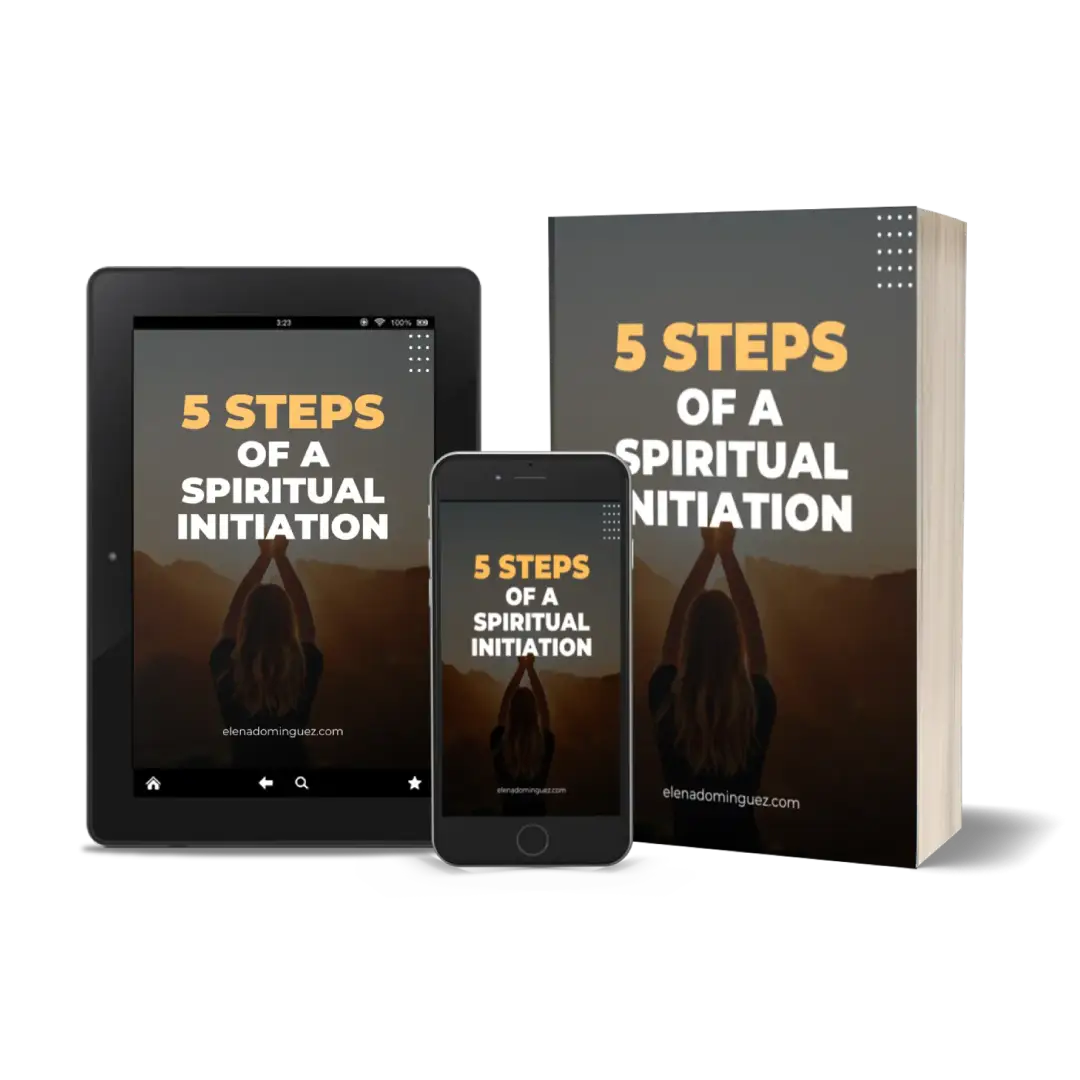
1. Introduction
Mindfulness meditation, also known as mindfulness, is a practice that involves focusing on the present and accepting reality as it is. It is a technique that has become popular worldwide for its benefits to mental and physical health.
2. What is mindfulness meditation?
Mindfulness meditation is a form of meditation that involves focusing on the present moment. This means paying attention to your thoughts, emotions, and bodily sensations without judging them or trying to change them.
3. Benefits of mindfulness meditation
Practicing mindfulness meditation can help you reduce stress, improve your concentration, increase your self-awareness, and improve your overall well-being. It can also help you develop a greater understanding of yourself and others.
4. How to start practicing mindfulness meditation
To start practicing mindfulness meditation, choose a quiet place where you won’t be distracted. You can sit on a chair or on the floor, with your back straight and your hands in your lap.
5. Posture in mindfulness meditation
Posture is important in mindfulness meditation. You should sit with your back straight, but without tension. Your hands can rest in your lap and your eyes can be closed or semi-open.
6. Breathing in mindfulness meditation
Once you are comfortable, start paying attention to your breath. You don’t need to change your breath in any way, just observe how the air enters and leaves your body.
7. Attention in mindfulness meditation
While practicing mindfulness meditation, it’s normal for your mind to wander. When you notice this happening, simply acknowledge that your mind has wandered and gently return your attention to your breath.

8. Regular practice of mindfulness meditation
The key to reaping the benefits of mindfulness meditation is regular practice. Try to dedicate some time each day to meditation, even if it’s just a few minutes.
9. Mindfulness meditation and emotions
Mindfulness meditation can also help you manage your emotions. By paying attention to your emotions without judging them, you can learn to accept them as they are.
10. Mindfulness meditation and thoughts
Similarly, mindfulness meditation can help you observe your thoughts without getting caught up in them. This can be especially helpful if you tend to have negative or worrying thoughts.
11. Mindfulness meditation and the body
Mindfulness meditation also involves paying attention to bodily sensations. This can help you develop a greater connection with your body and notice any tension or discomfort before it becomes a problem.
12. Mindfulness meditation in daily life
In addition to practicing mindfulness meditation in formal sessions, you can also practice it in your daily life. For example, you can practice mindfulness while eating, walking, or doing household chores.
13. Challenges of mindfulness meditation
It’s normal to encounter challenges when practicing mindfulness meditation, such as difficulty concentrating or physical discomfort. However, with practice, these challenges usually diminish.
14. Patience in mindfulness meditation
Patience is key in mindfulness meditation. It’s not about reaching a certain state or achieving a goal, but about learning to be present and accept reality as it is.
15. Conclusion
Mindfulness meditation is a powerful practice that can bring many benefits. With patience and regular practice, you can learn to cultivate greater presence and acceptance in your life.

